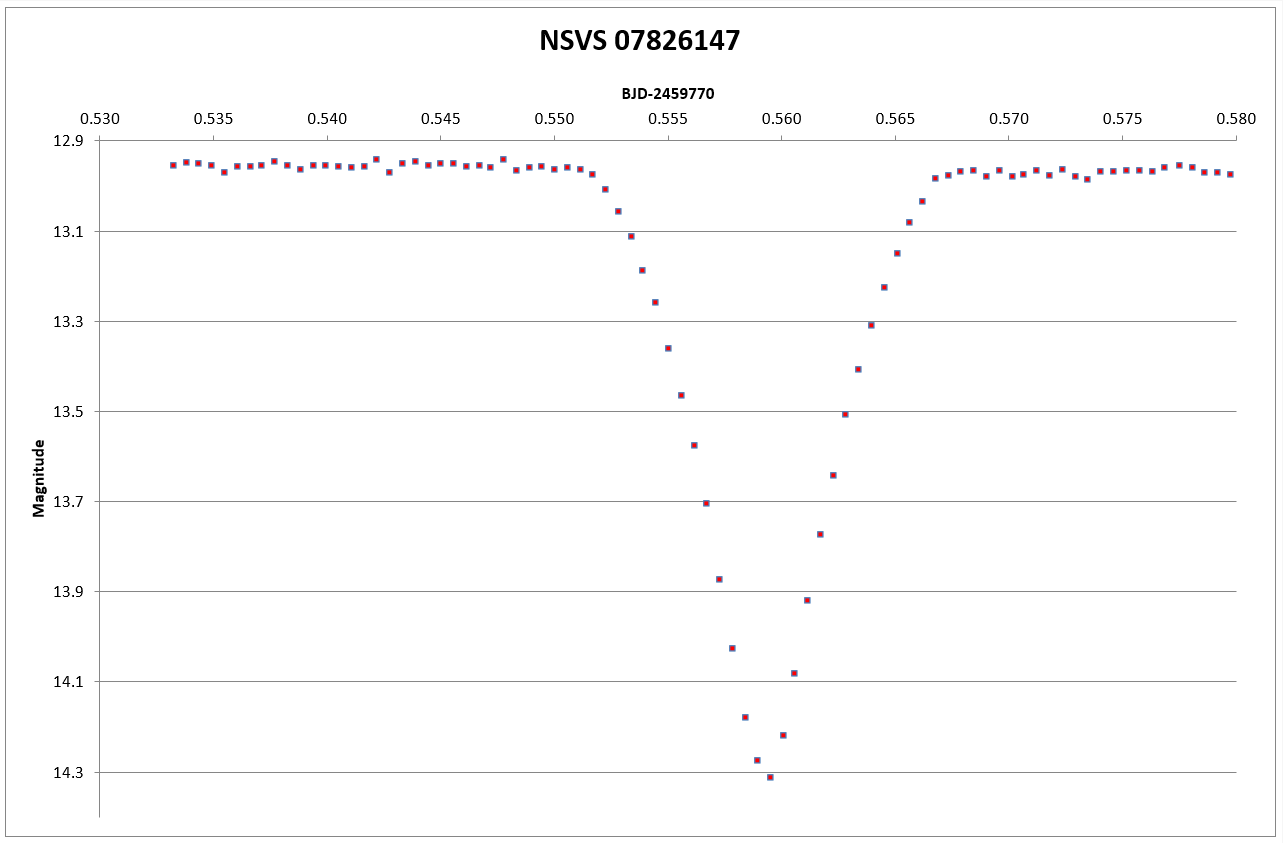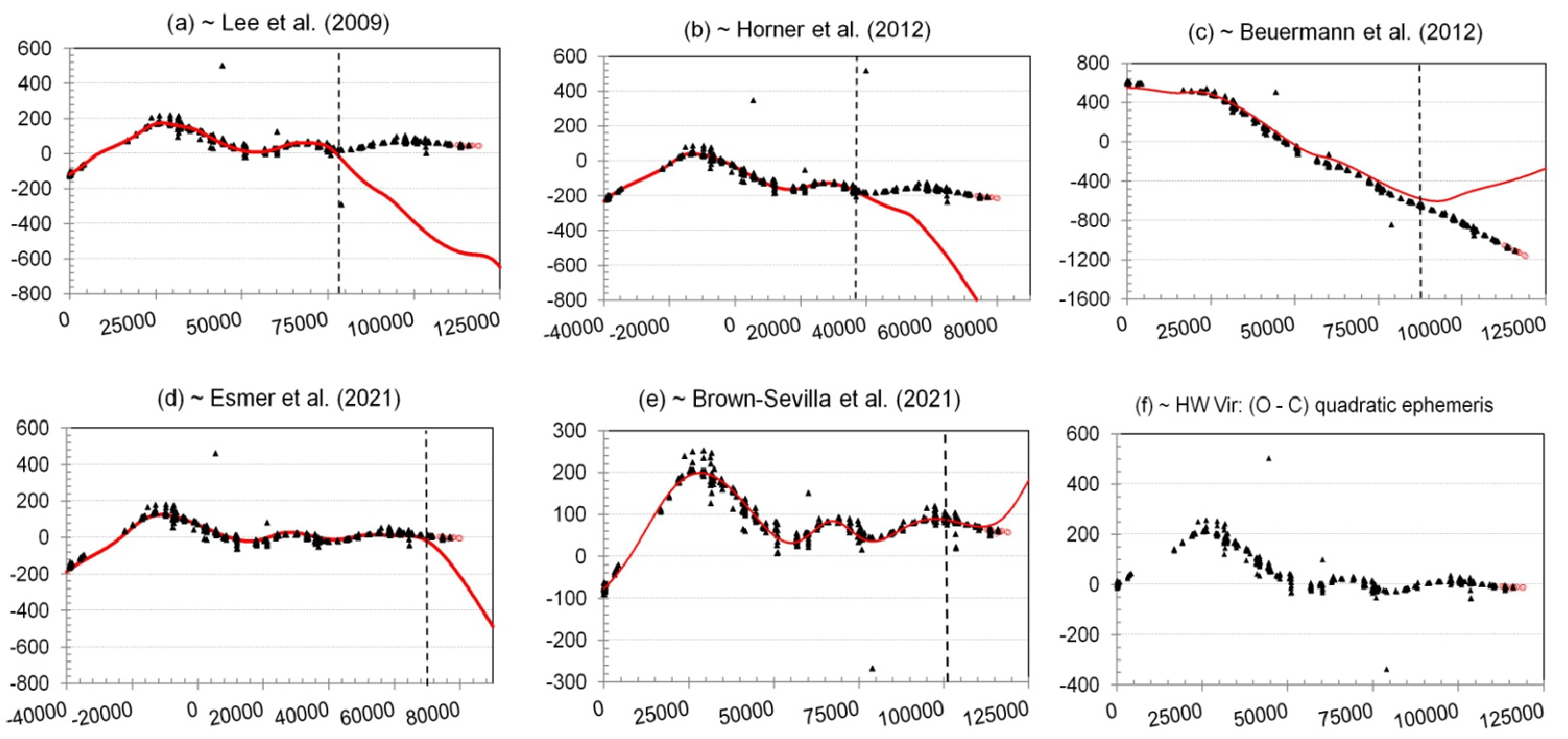BAA members’ research into circumbinary exoplanets published
2023 April 6
Four BAA members (David Pulley, John Mallett, Sebastian von Harrach and myself), have recently had our research published in the Monthly Notices of the Royal Astronomical Society. Collectively we study a type of binary star known as post-common envelope binary (PCEB) systems. Our particular interest is in the possible existence of exoplanets that may be orbiting these interesting companion stars, which orbit around each other at a typical period of two to three hours.
The method of detection of these unseen bodies, which is unique to this type of binary system, is to study eclipse time variations (ETVs). From observations of ETVs, the NASA Exoplanet Archive (NEA) and the Extrasolar Planets Encyclopedia (EPE) have listed, respectively, 12 and 13 confirmed circumbinary planetary systems.
There are a few known effects that can affect the orbital period of the stars, including angular momentum loss through gravitational radiation, magnetic braking, apsidal motion and other magnetic effects. However, once these effects have been calculated and compensated for, the resulting orbital period should be exact and stable. What is often seen, over many years of accurately measuring the eclipse times, is a departure from this stability, often in the form of a periodic-looking variation. Researchers have reasoned that this must be due to the gravitational influence of a third or fourth unseen body.
In this particular paper, we have focused on seven PCEB systems which have ‘confirmed’ exoplanets listed in the NEA and EPE databases. Additionally, we have been observing and measuring the eclipse times of these seven binaries since 2018 January and have presented 163 new times of minima, permitting us to test the existing models that have been used to predict the various exoplanet masses and orbits.
To determine the time of eclipse, a series of images are taken of the binary. The typical exposure time is 30 to 60 seconds, and each image is processed using a technique called differential photometry to determine the magnitude of the target star measured against several, carefully chosen, close-by reference stars. The resulting magnitudes are then plotted against time to reveal the light-curve.
Because of the near-clockwork nature of the eclipses, it is easy to ensure that the observations cover the primary eclipse. A typical light-curve, taken with a 235mm Schmidt–Cassegrain telescope, is shown in Figure 1. Notice the times are converted to barycentric Julian dates, which corrects for differences in Earth’s position with respect to the barycentre of the solar system. The exact time of minimum is then determined using the procedure of Kwee & van Woerden (1956), coded in our own utilities using the Python programming language.

It is typical to measure the time of eclipse once a month. The results can then be plotted onto an observed-minus-calculated (O–C) graph. An example for the binary system HW Virginis is shown in Figure 2, where the O–C residuals are plotted for several ephemerides over about 38 years. Note that five of the graphs show red lines which indicate the models on which the existence of unseen bodies have been based.
It is clear to see from Figure 2 that the models fail almost immediately after publication, as the subsequent measurements quickly (over several months) depart from the predictions.

In our paper, we examine over thirty circumbinary models that have been proposed for these seven systems and note all, other than the latest model for NY Vir which remains to be fully tested, fail within a year to accurately predict eclipse times. In examining alternative mechanisms, we find that magnetic effects could contribute significantly in two of the seven systems studied.
We have also described in more detail why we have discounted nearly all the published models and conclude that the structure of these dynamic systems, with the extreme temperature differences and small binary separations, is not fully understood. Many factors may contribute to the observed ETVs. We suggest that several more years of observations are needed to understand these fascinating binary systems.
The paper, ‘Eclipse timing variations in post-common envelope binaries: Are they a reliable indicator of circumbinary companions?’, appears in the Monthly Notices of the Royal Astronomical Society, vol. 514, issue 4, 2022, August, pp. 5725–5738 and can also be downloaded and read on arXiv here: arxiv.org/pdf/2206.06919.pdf.
NASA Exoplanet Archive: exoplanetarchive.ipac.caltech.edu/
Extrasolar Planets Encyclopaedia: exoplanet.eu/
| The British Astronomical Association supports amateur astronomers around the UK and the rest of the world. Find out more about the BAA or join us. |
